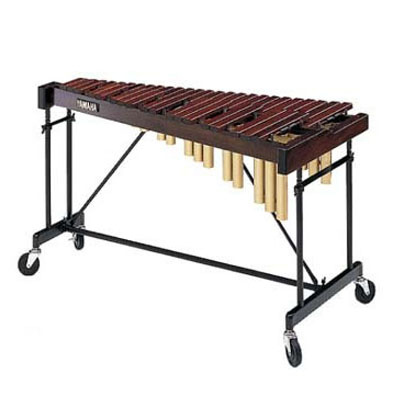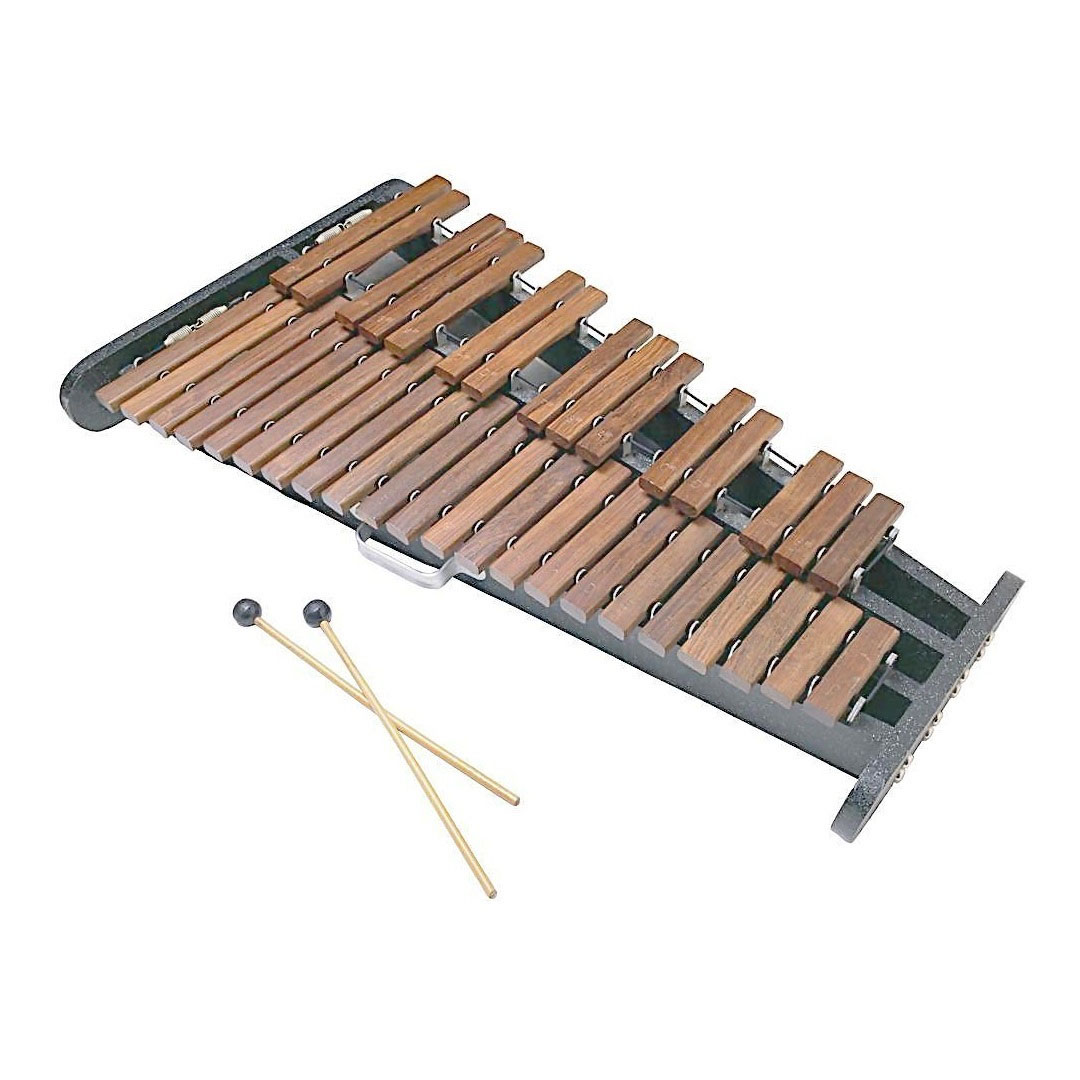Types of Xylophones
Trapezoid
The trapezoid is played with a straight wrist, and the player strikes the keys with two uniformly shaped red mallets, causing them to emit mechanical waves. The sound range of a trapezoid is generally three and a half octaves. For the convenience of playing, some notes (such as F, C) require two keys of the same pitch in the arrangement. The number of keys is about 46 pieces. The sound of the trapezoid is cold, and it sounds like ice crystals falling on a jade plate.
The expression of high and cold emotions and scenes has its own unique effect, especially in landscape music, it is widely used, and it also has its wonderful fragments in large-scale music, dance music and symphony. The trapezoid can also play some special effects, such as the sound of running water produced by scratching, and the sound of raindrops produced by the continuous playing of the first eighth note and the sixteenth note.

Horizontal piano
The horizontal piano was rarely used in my country in the past. In recent years, due to the strengthening of foreign cultural and artistic exchanges, it has been hit by the Central Conservatory of Music, the PLA Military Band, the Military Music Department of the PLA Academy of Arts, as well as some other art colleges and literary and art groups. The horizontal row piano is increasingly used in music teaching and performance practice. European and American countries and Japan generally use the horizontal piano, and some percussion competitions held every year in the world also use the horizontal piano. The musical instrument used in the original East German "Orff Teaching Method" popularized in early childhood education in my country is the simplified horizontal piano. Judging from the current situation, the horizontal piano has a great tendency to replace the trapezoid.

There are also African and Central and South American folk xylophones, Southeast Asian xylophones, African xylophones (including marimba), and Central and South American xylophones.
 渝公网安备 50010702504639号
渝公网安备 50010702504639号